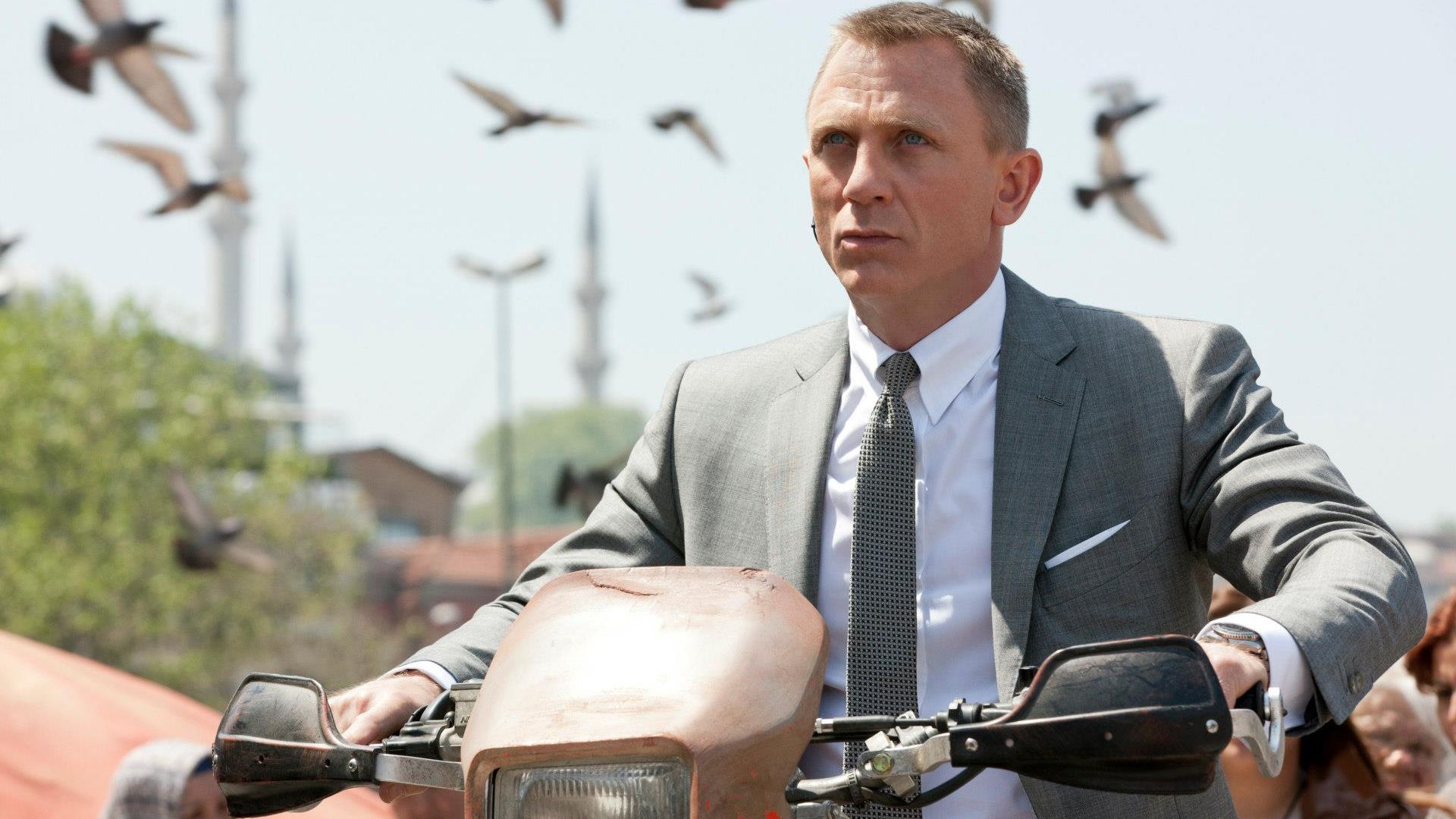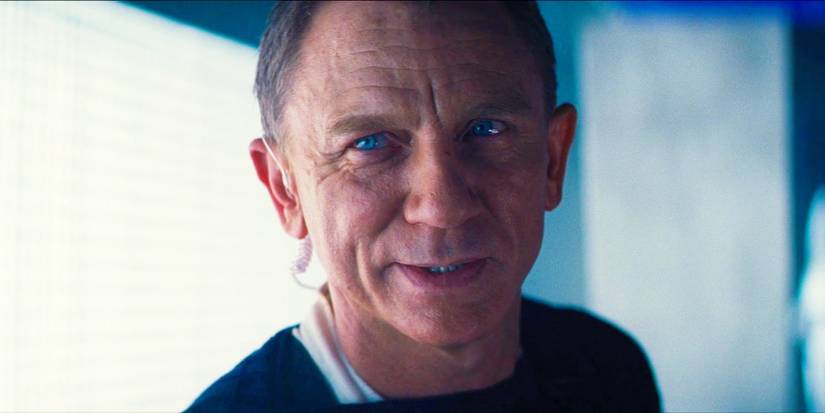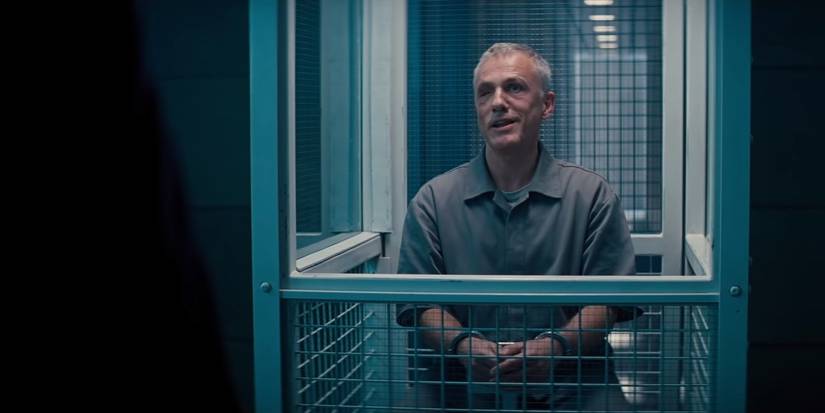
Daniel Craig’s James Bond films were very successful, and Amazon’s new Bond movie could benefit from continuing some of the things he did well. Specifically, featuring supporting characters more prominently, avoiding over-the-top silliness, and creating more complex female characters—rather than just typical ‘Bond girls’—would be positive steps forward for the franchise.
However, we can also learn from these issues. Some of the frustrating or problematic patterns in the Bond films have been around for a while, while others only started appearing during Daniel Craig’s time as Bond. There are three specific patterns that are particularly tired now and should be avoided in the next film, Bond 26.
3. Villains With Facial Disfigurement

It’s a long-standing tradition in James Bond films for villains to have noticeable scars or facial disfigurements, but this trope now feels as old-fashioned as the sexism and stereotypes common in the older movies. Despite recent films addressing those issues, they surprisingly continued to feature villains with these physical imperfections.
Villains in recent James Bond films – like Le Chiffre in Casino Royale, Raoul Silva in Skyfall, and Safin, Blofeld, and Primo in No Time to Die – all share a troubling characteristic. They’re visually marked as evil through physical features, a tired and unacceptable trope that relies on stereotypes instead of well-developed characters. This idea that someone’s inner wickedness should be shown on the outside feels outdated and offensive.
It’s really sad, but facial injuries happen, and so many genuinely good people live with scars from accidents or illnesses, often facing unfair judgment because of how they look. I’ve noticed the James Bond movies seem to increasingly give villains scarred faces, and it bothers me. It feels like they need a character to look evil instead of letting their actions speak for themselves, which tells me the writing isn’t strong enough. A good story shouldn’t rely on a character’s appearance to make them seem bad.
Aside from being upsetting, the sheer number of villains with facial injuries feels unrealistic, especially compared to the Daniel Craig Bond films. It stretches the believability of the franchise too far.
2. “Old Man” Bond

Looking back at Daniel Craig’s time as Bond, it’s funny how much of it was spent trying to retire the character. With Skyfall, we started to see Bond as someone who wasn’t quite at his peak, and the next two films really leaned into this slow, drawn-out attempt at a send-off. Honestly, the idea of a Bond who’s past his prime just didn’t quite work after Spectre. So, with the next film, Bond 26, I really hope they avoid that trap and cast someone younger who can bring a fresh energy to the role right from the start.
I’ve always felt the next Bond film should show us a fully formed 007, someone already comfortable and skilled in the role. It felt strange to me that Daniel Craig’s era started with Bond becoming 007 in Casino Royale and Quantum of Solace, and then jumped ahead so quickly to a much older, almost past-his-prime Bond with Skyfall. We completely missed out on seeing him at the peak of his abilities as a seasoned MI6 agent, and that’s a shame!
Beginning with the next Bond film, the series should return to portraying 007 as consistently capable and in his prime. If the new actor plays Bond for a long period – around 20 years – and then finishes with a single film acknowledging his age, it would feel natural, especially given the time that has passed since No Time to Die. Until then, audiences want a Bond who is experienced and skilled, but still physically fit and at the top of his game.
1. Villains With A Personal Connection To Bond

Throughout the James Bond films, villains are usually driven by a desire for power and wealth. Before Daniel Craig took on the role, Bond sometimes faced enemies with personal vendettas, like Alec Trevelyan in GoldenEye. However, the Daniel Craig films consistently feature villains who have a strong, personal reason to target Bond or someone close to him – a pattern similar to how those films addressed the trope of villains with disfigured faces.
The villains in recent James Bond films have surprisingly personal motivations. Raoul Silva in Skyfall wants revenge on M, feeling like she discarded him after he served a similar role to James Bond. Safin in No Time to Die has been obsessed with Madeleine Swann since childhood. And perhaps most notably, Christoph Waltz’s Blofeld is revealed to be James Bond’s adopted brother, turning the classic villain into someone driven by envy and family problems.
Raoul Silva’s detailed history was a welcome addition and made M’s death more impactful. Bond could potentially have used a similar approach in No Time to Die by connecting Safin to Madeleine Swann. However, the biggest problem was establishing Blofeld as a personal enemy in Spectre.
Spectre not only made the concept feel tired by the end of Daniel Craig’s run as Bond, but it also stretched credibility with the idea that Bond and Blofeld had a childhood connection. To make matters worse, the film tried to rewrite history by claiming Blofeld was behind every villain in Craig’s Bond movies, which felt completely absurd.
If the next James Bond film features another villain whose personal history is directly tied to Bond’s past, audiences will likely be disappointed. Denis Villeneuve needs to steer the franchise back to classic villains driven by a desire for power and self-importance, rather than flimsy, personal grudges against a young Bond.
Read More
- Pedro Pascal Set to Steer Avengers as Reed Richards in Shocking Marvel Shift!
- How Will Smith Reached Out To Wanda Sykes After He ‘Overshadowed’ Her Oscars Hosting Gig By Slapping Chris Rock
- One Reason The Cancellation Of Stephen Colbert’s The Late Show Is ‘Incredibly Sad,’ According To John Oliver
- Screamboat 2 Confirmed: Minnie Mouse Joins Mickey Mouse Slasher Sequel
- Summer I Turned Pretty: Susannah’s Funeral Gains a Whole New Meaning In Season 3
- Ricky and Morty Star Harry Belden Thinks Season 9 Will Be Higher Quality Than Seasons 7 & 8
- Disney+ Erases 2 Thunderbolts Characters From History
- Taylor Swift Jetsetted From Selena Gomez’s Wedding And Left In Time To Sneak Into The Chiefs Game
- Marvel Rumor Claims Big Things Are Coming For Florence Pugh’s Yelena (And I Hope It’s True)
- Now You See Me 3 Is Almost Here, But I’m Still Amazed The First Movie Exposed Its Big Twist So Early
2025-11-09 19:52